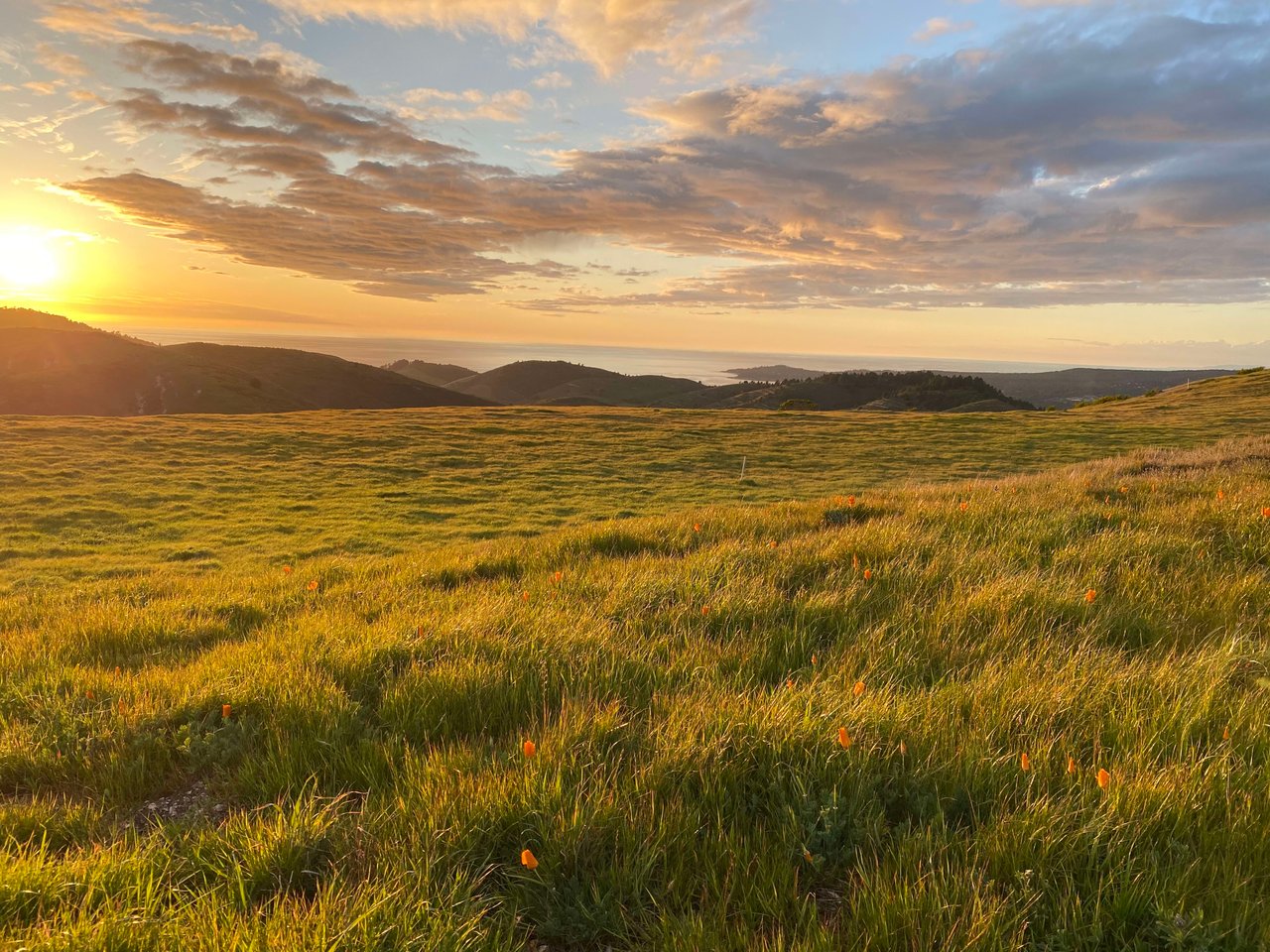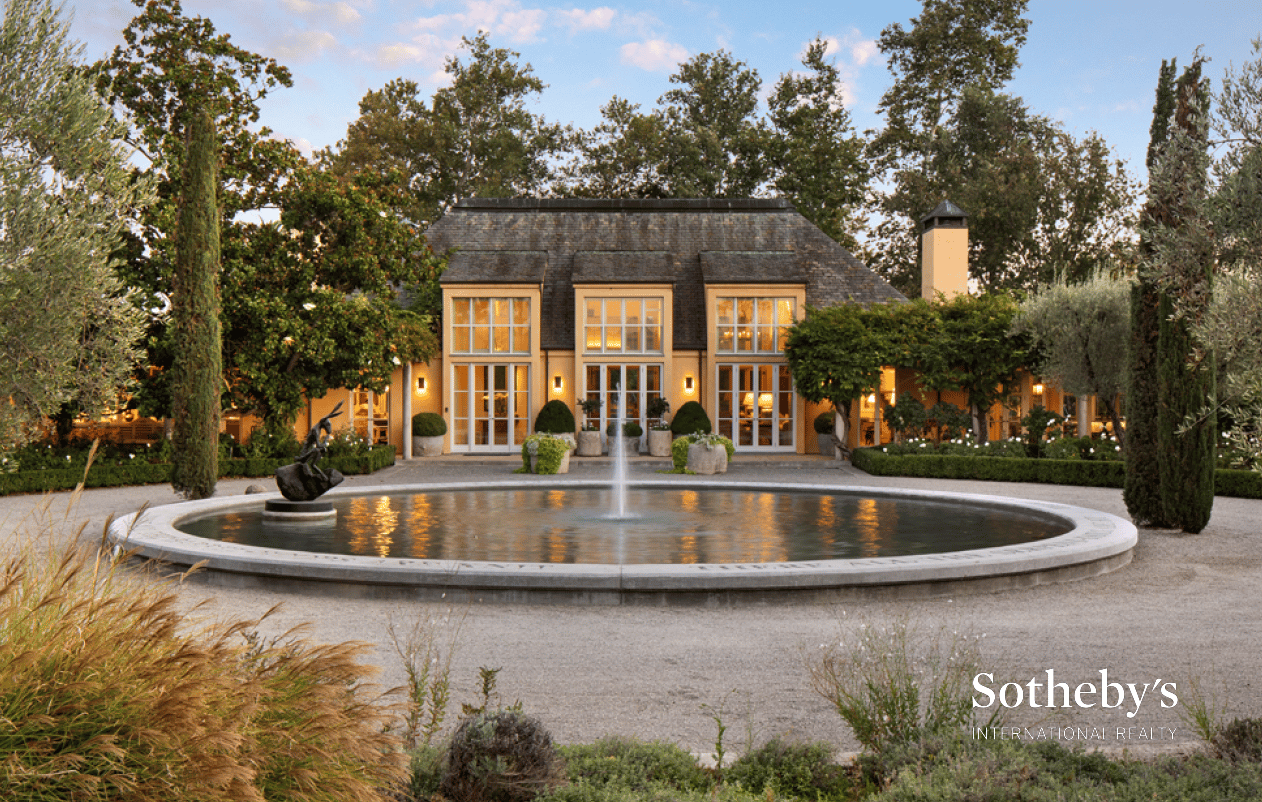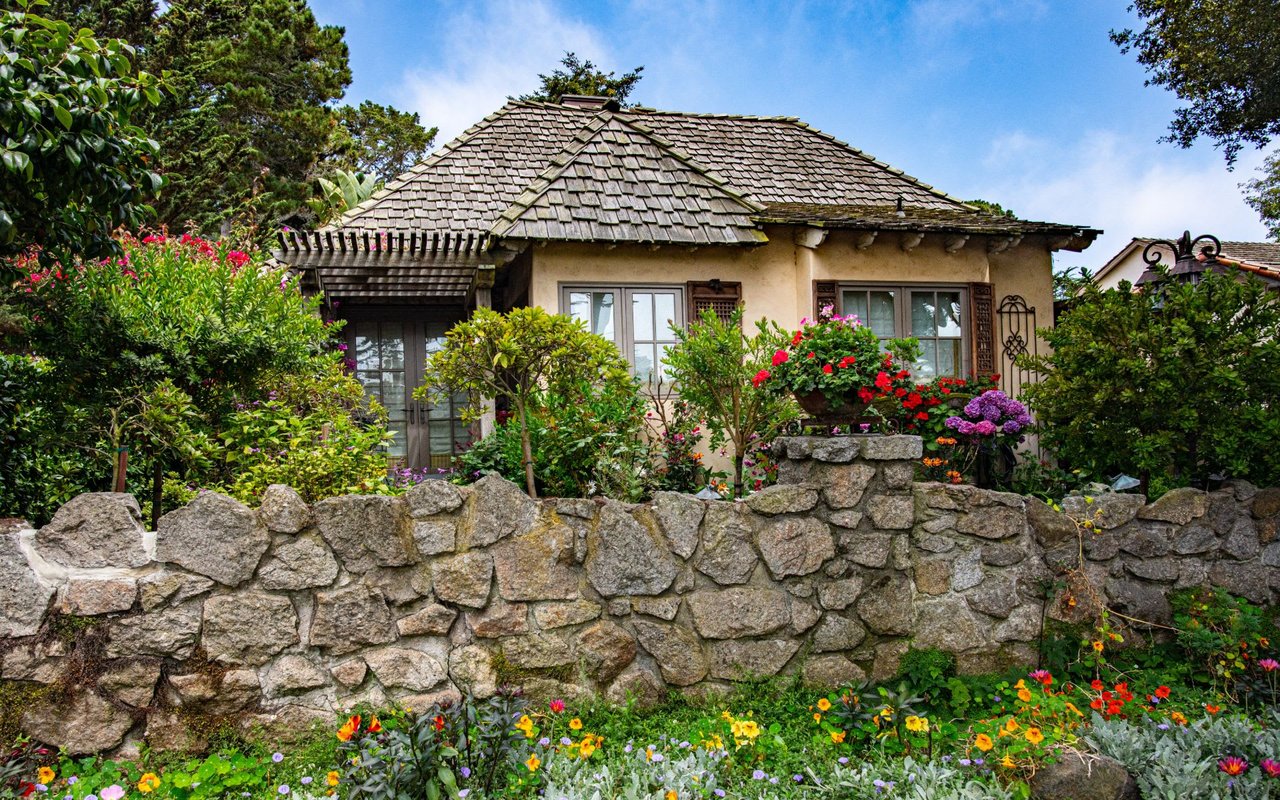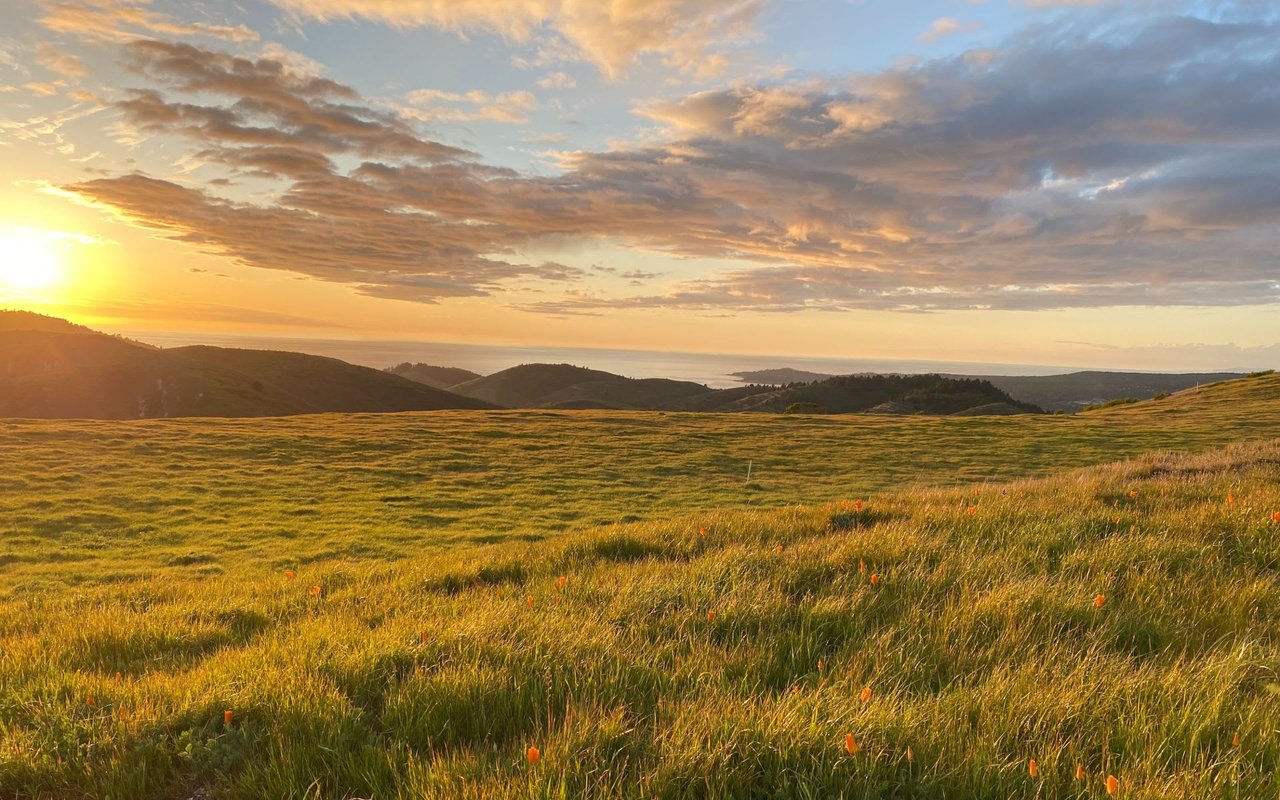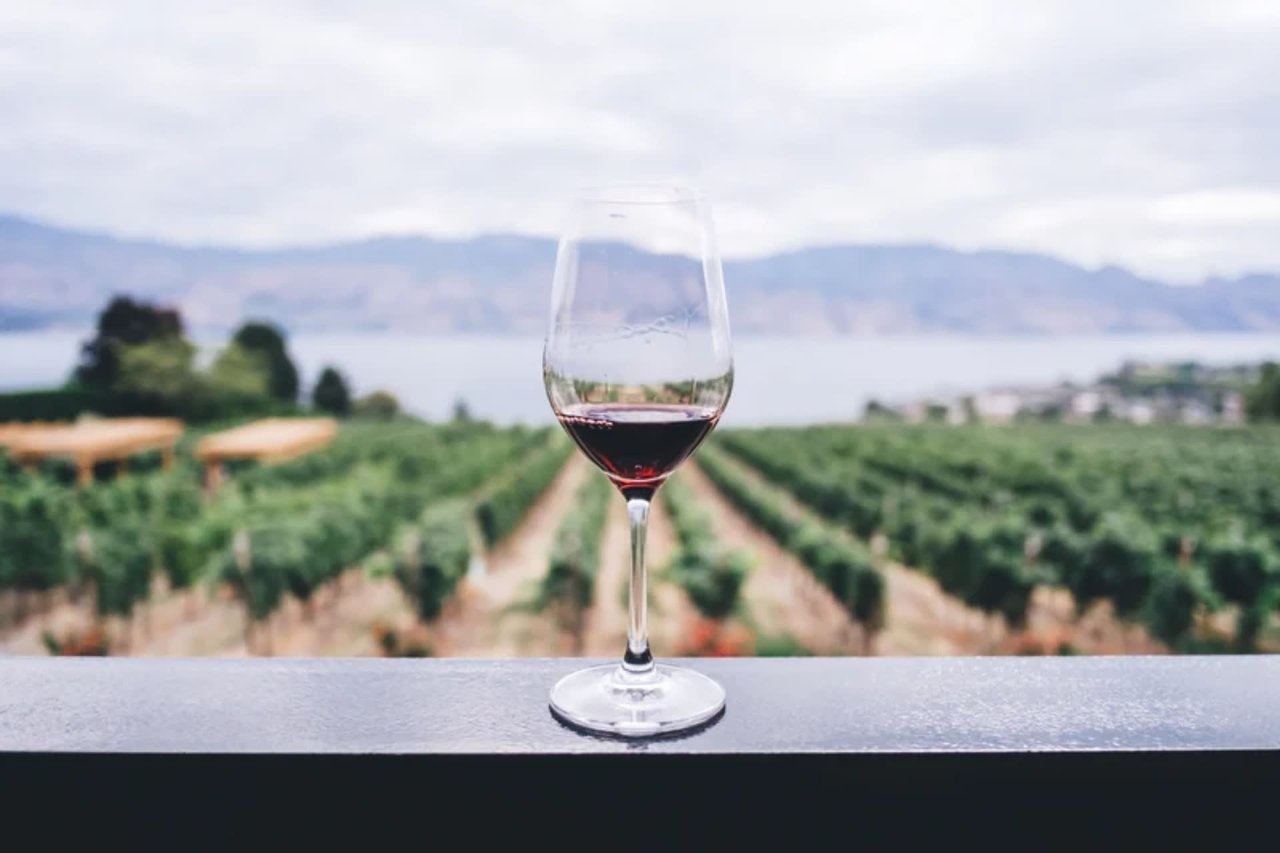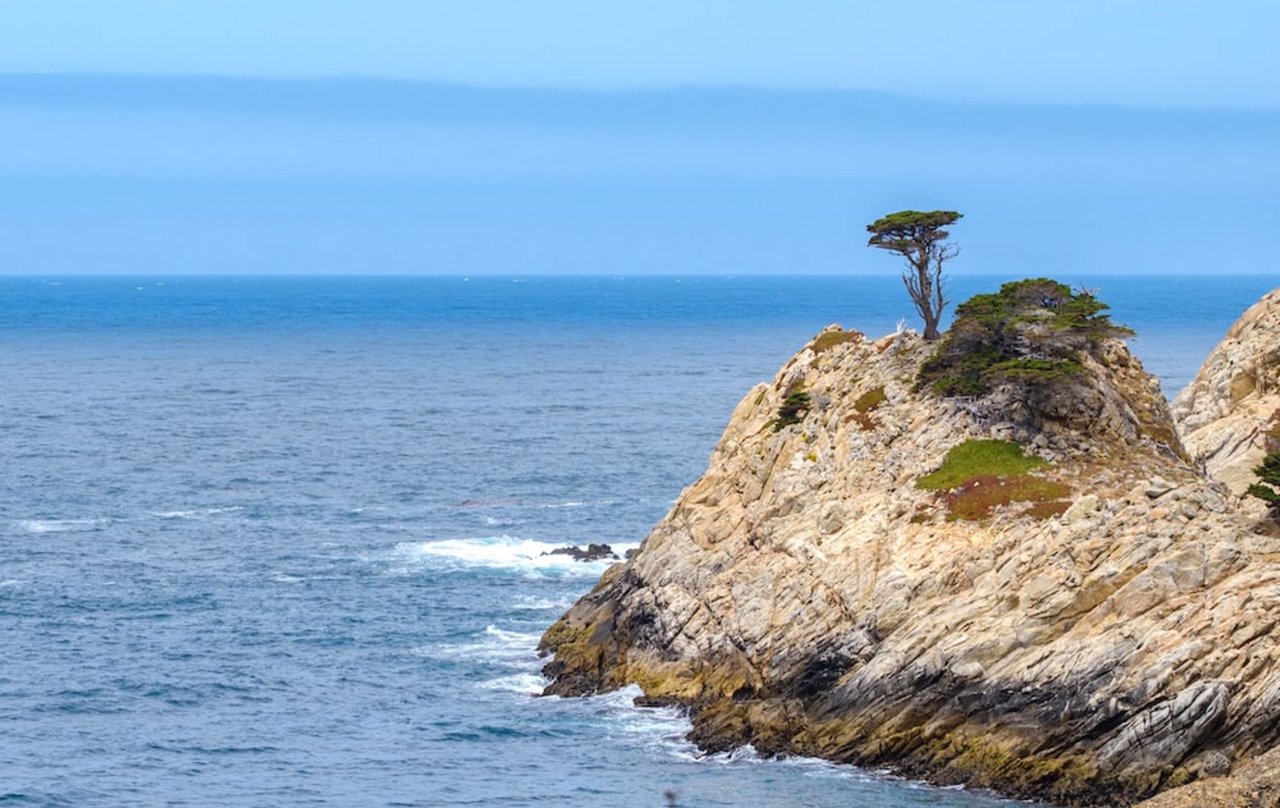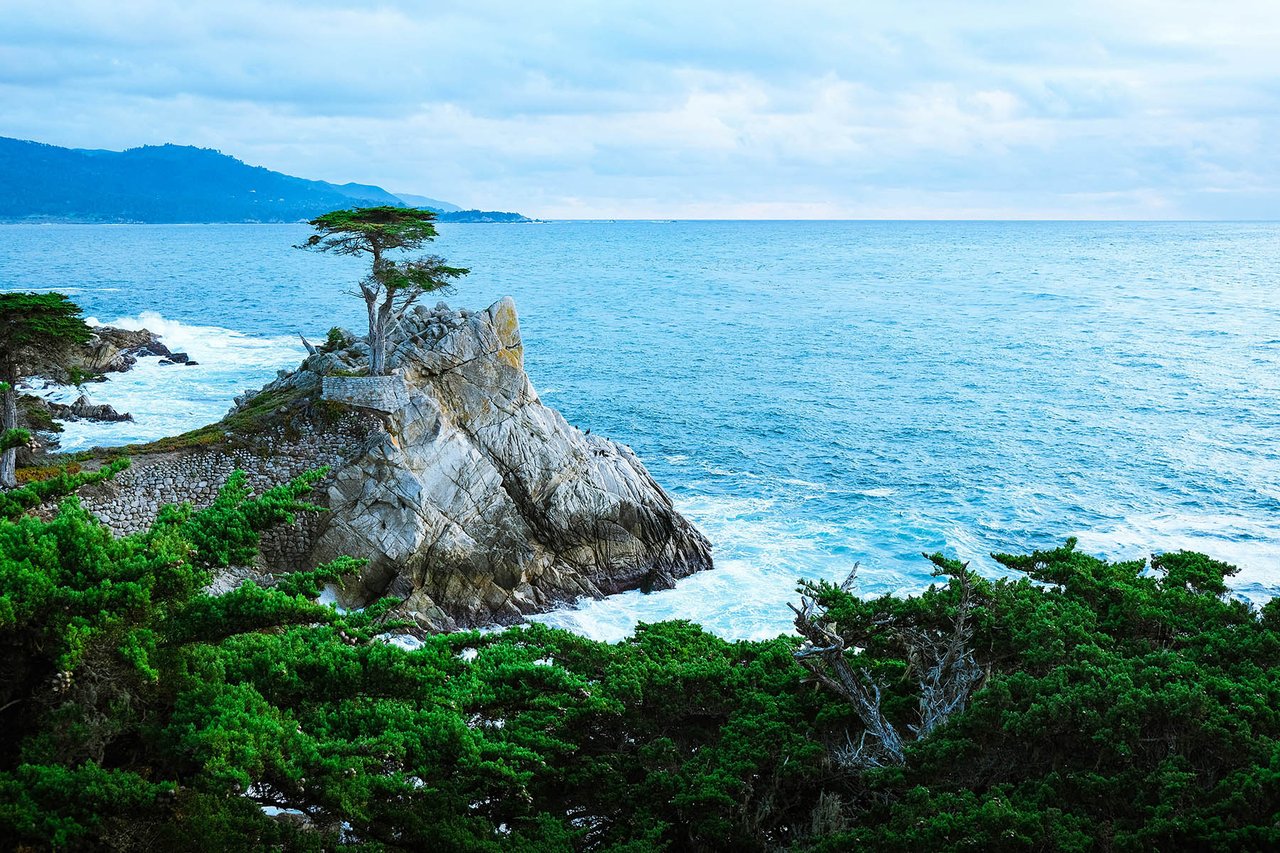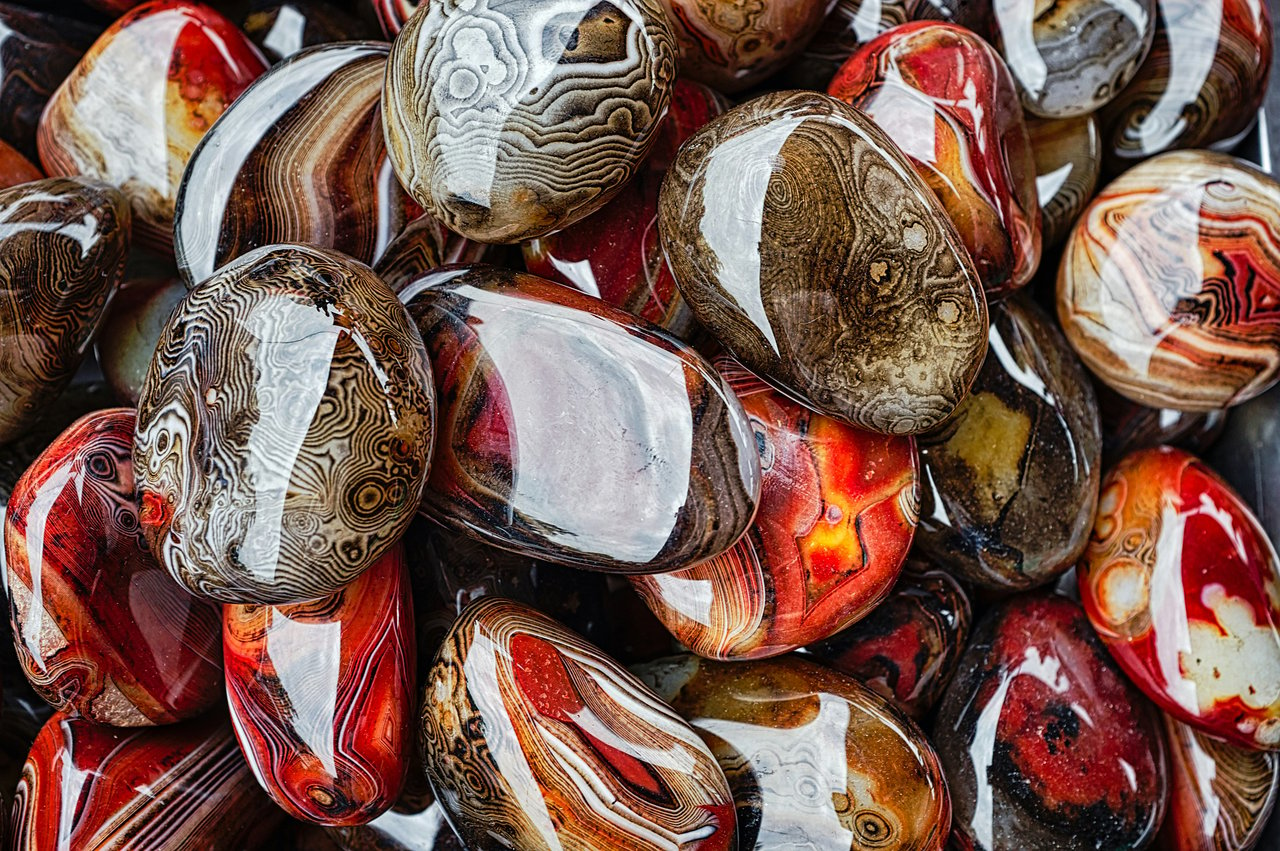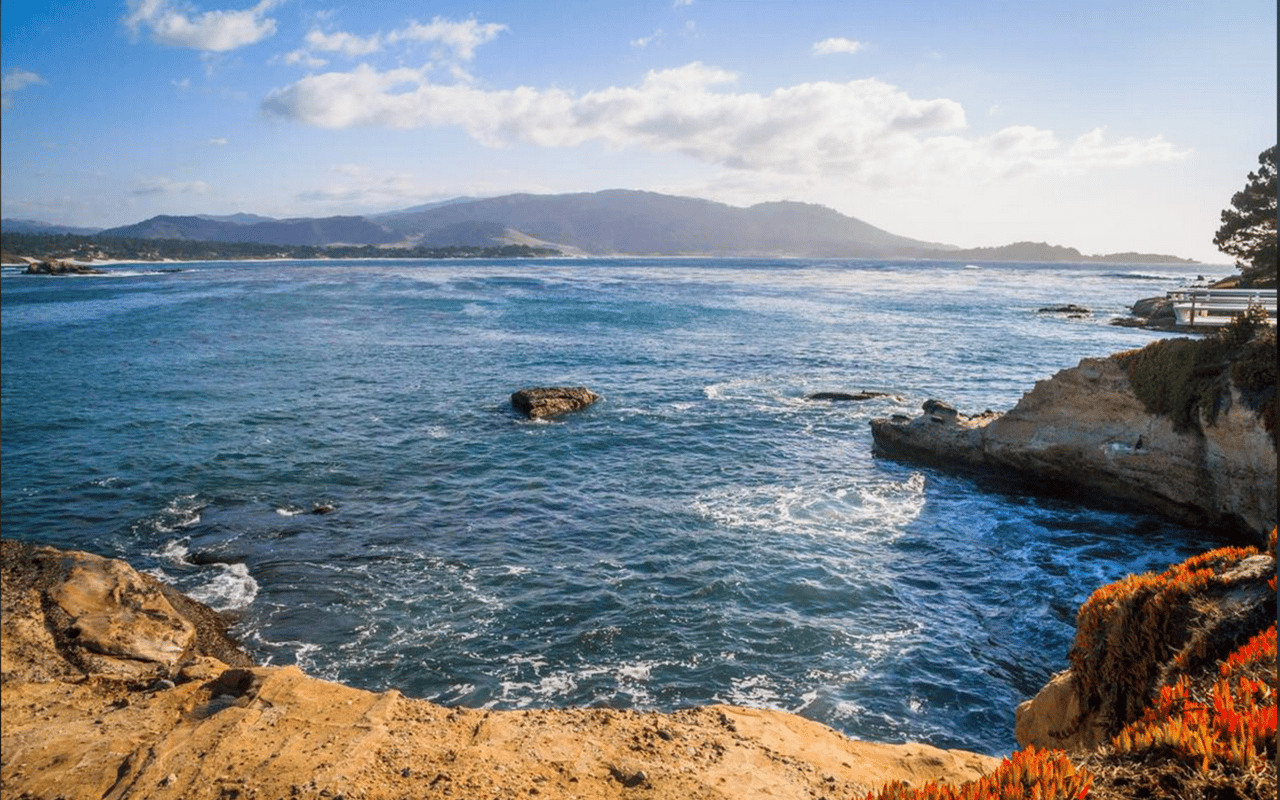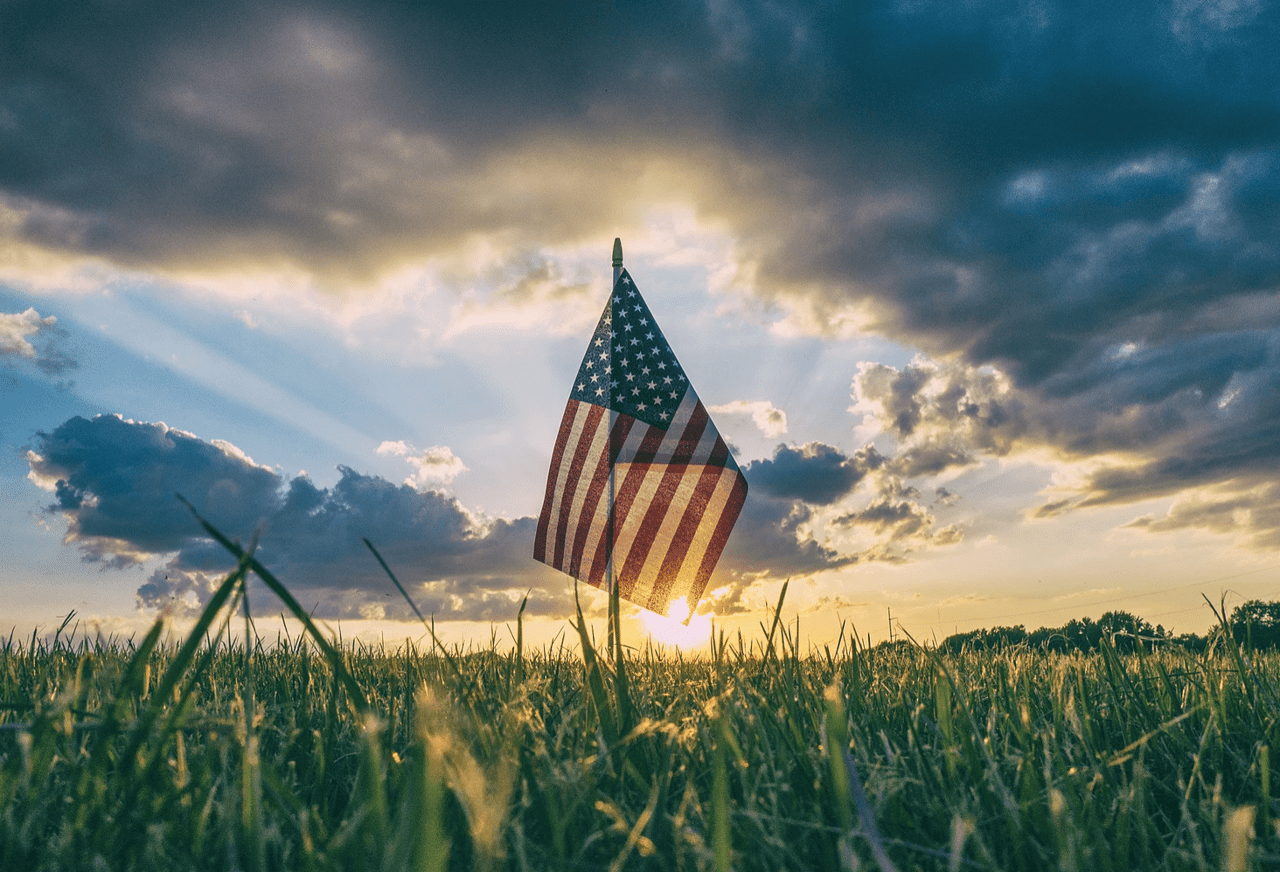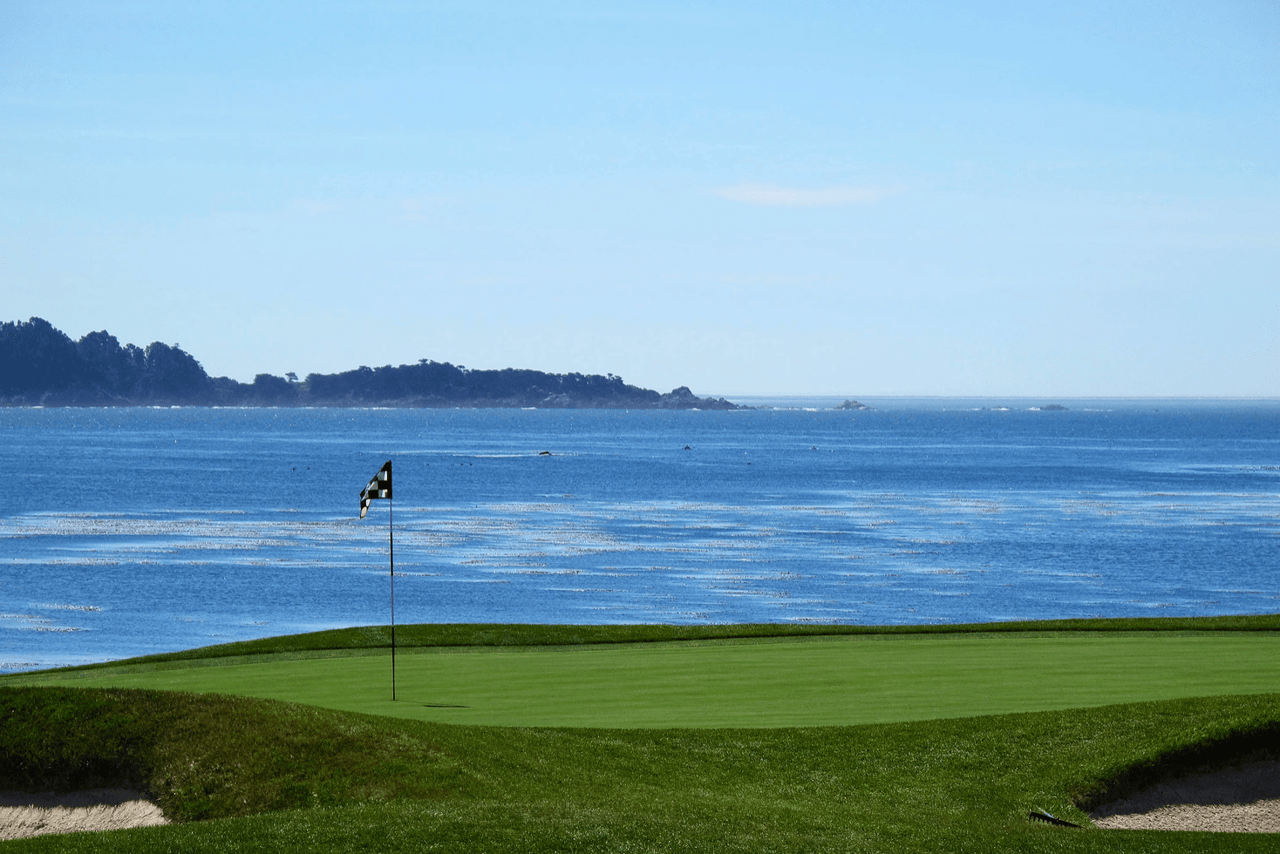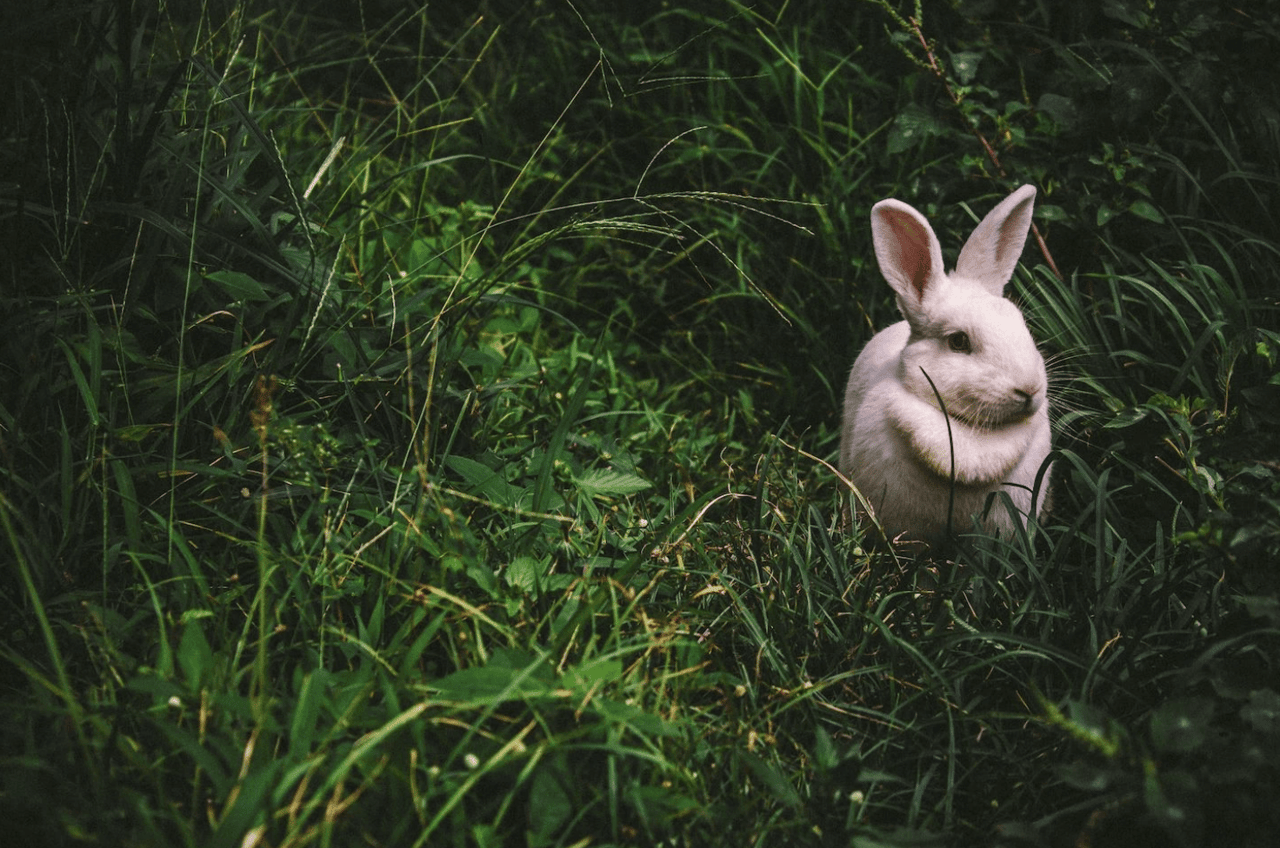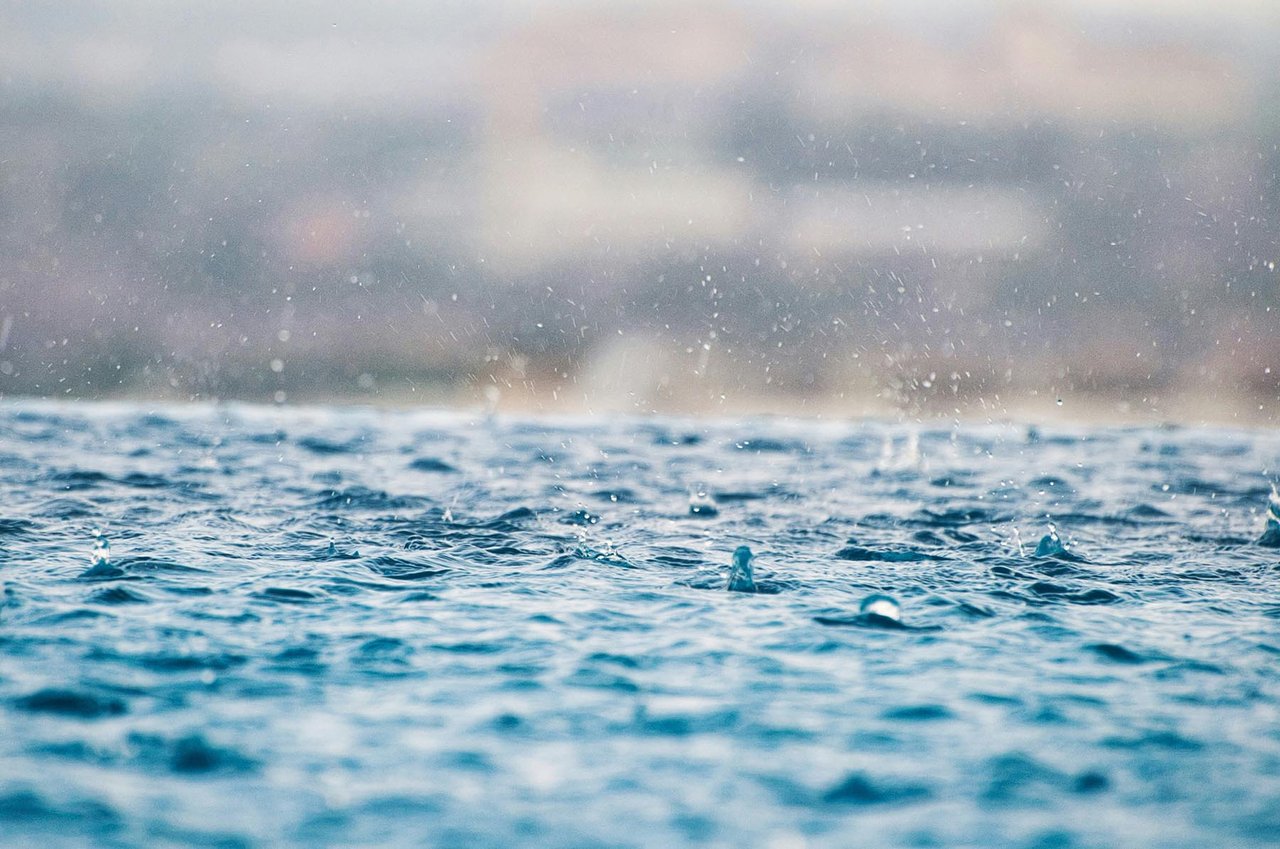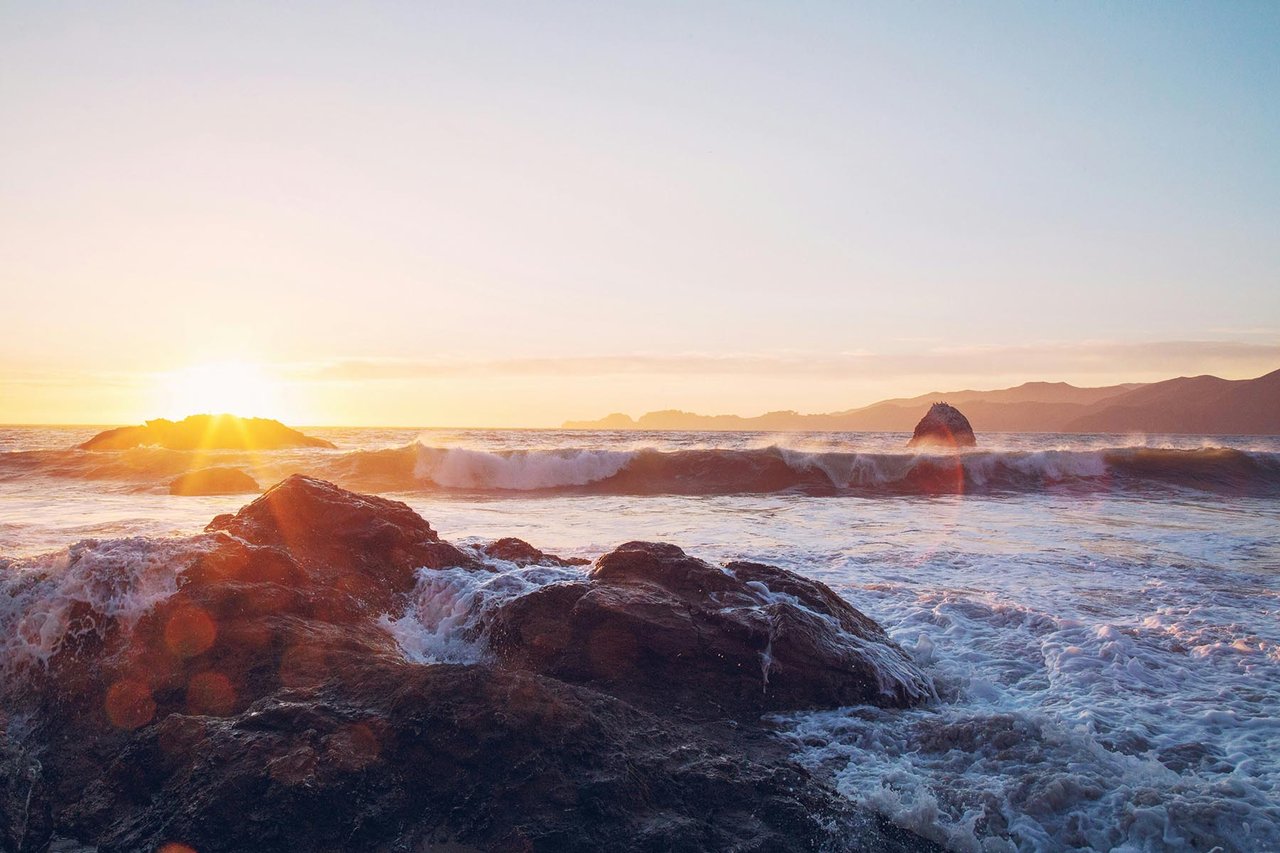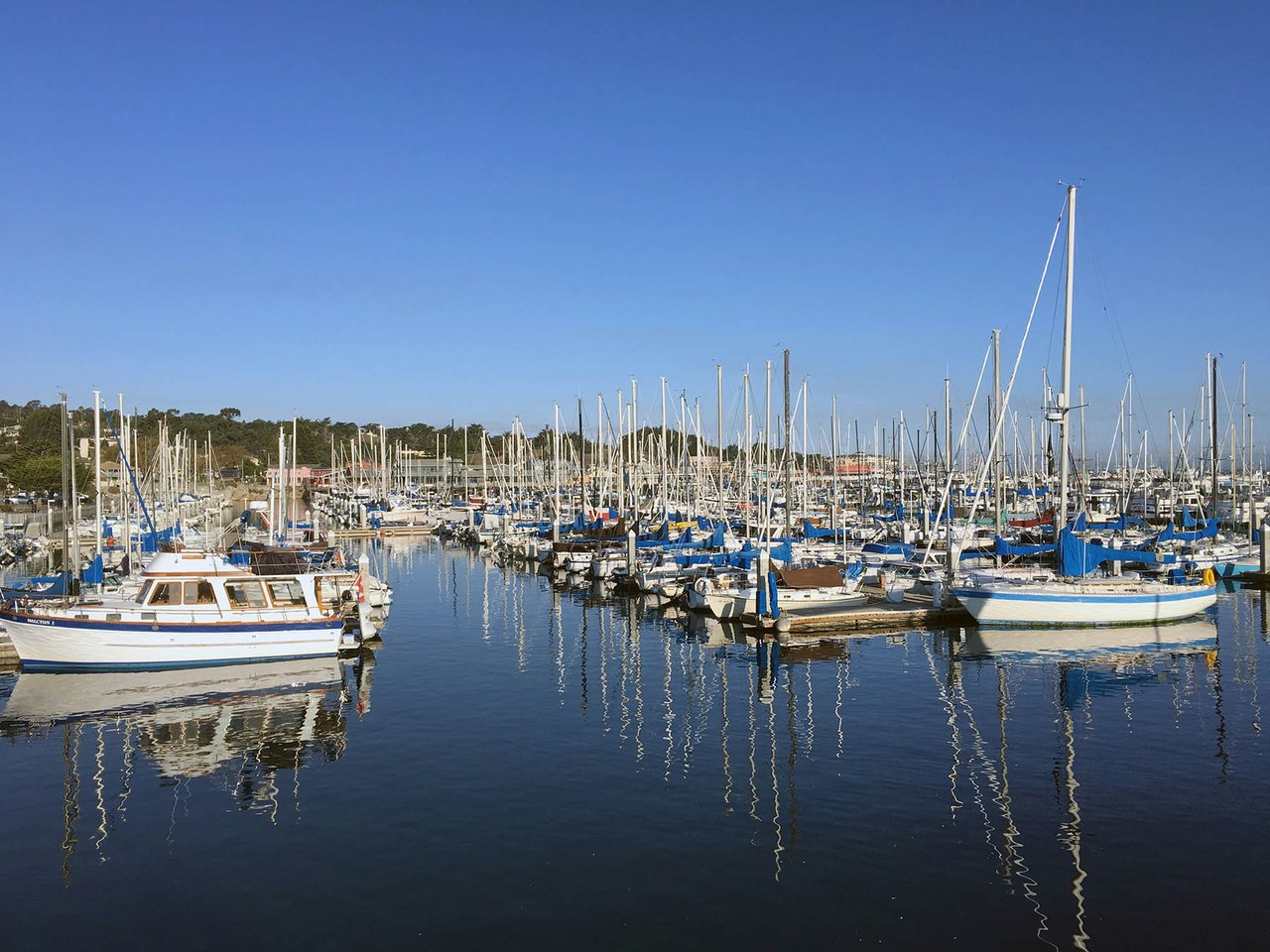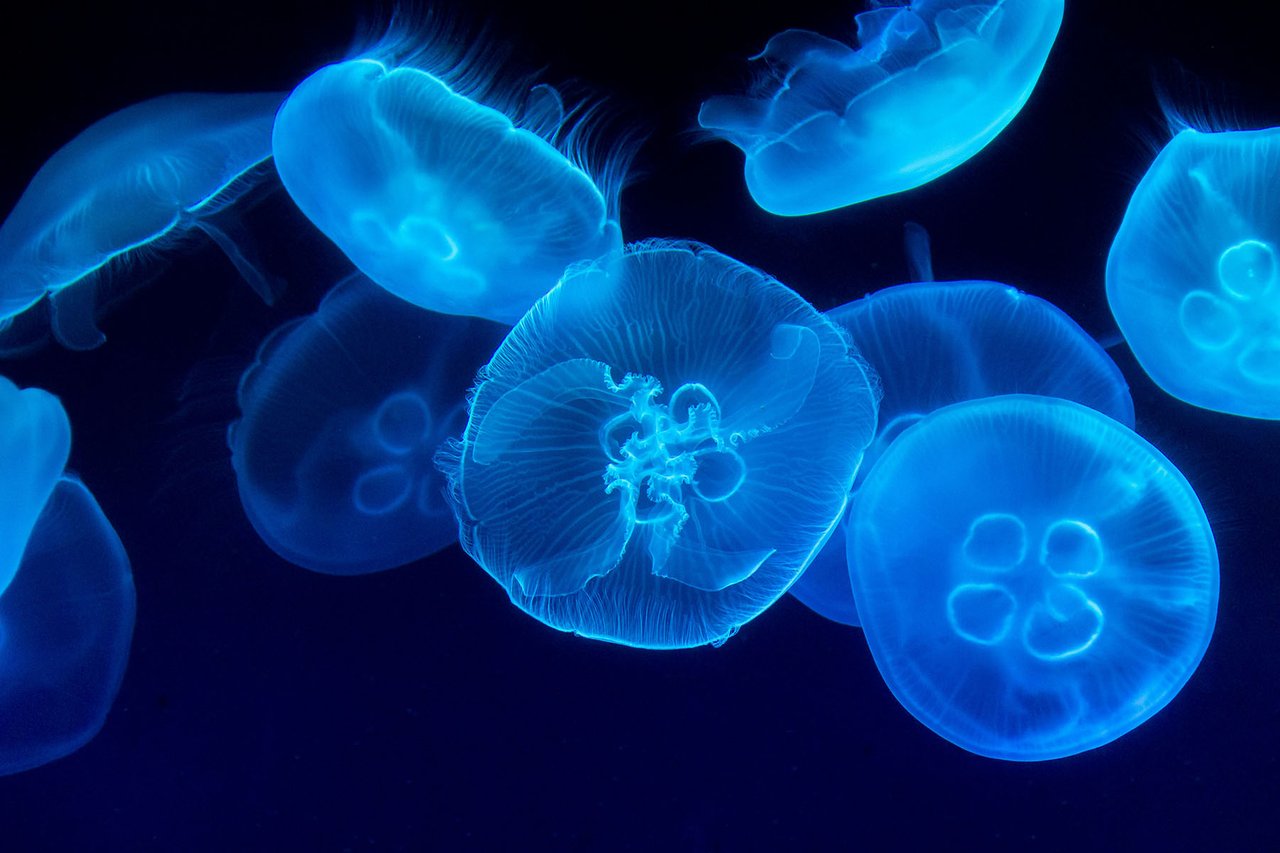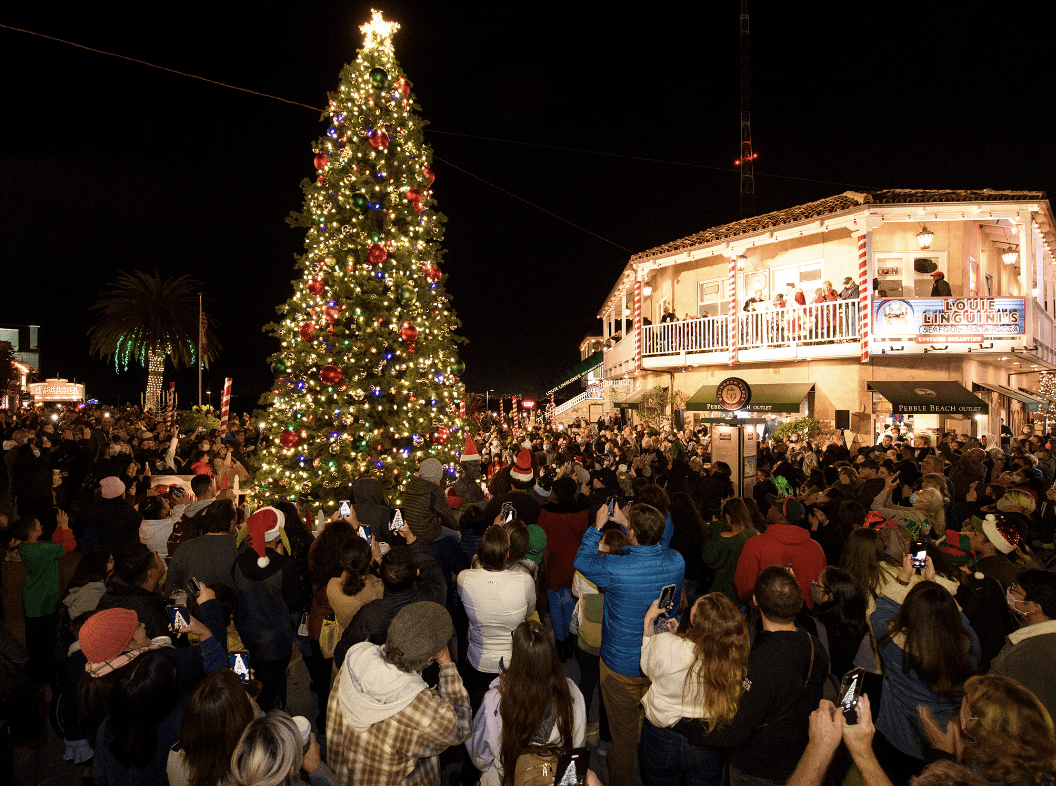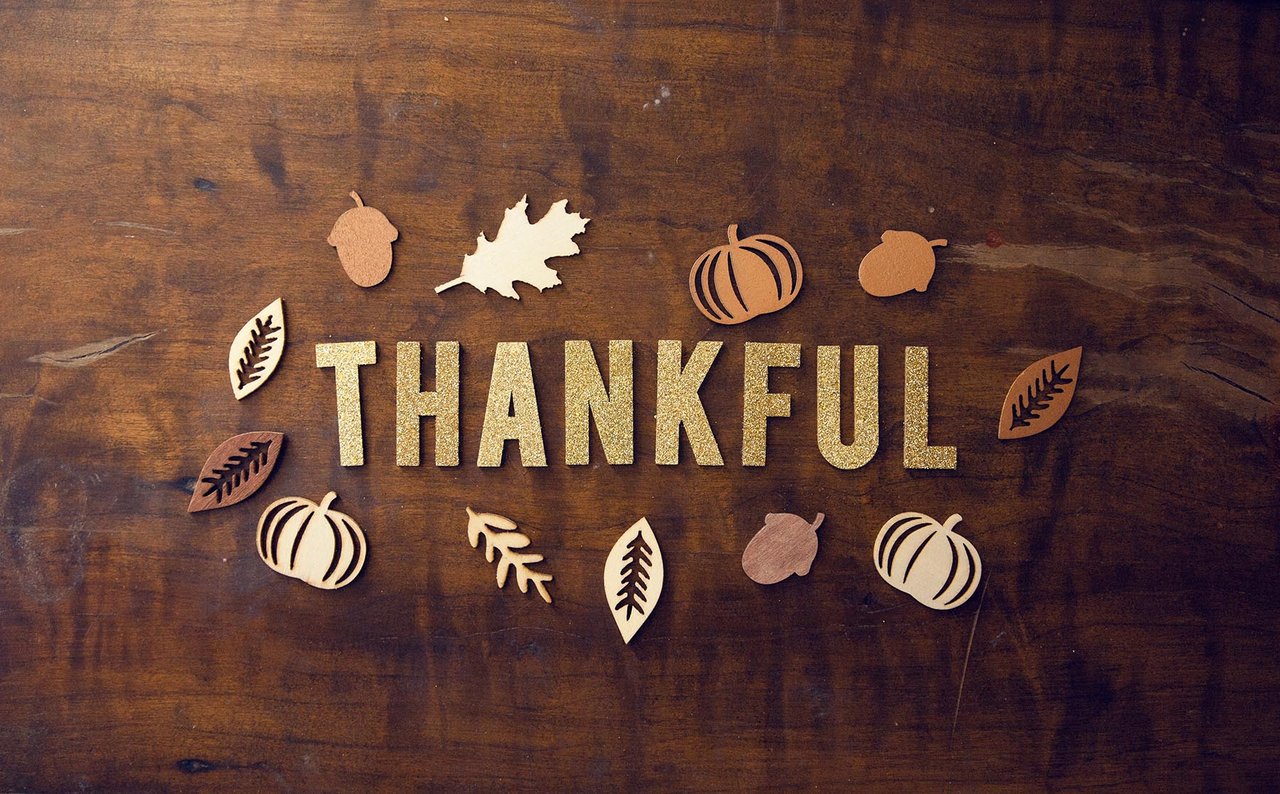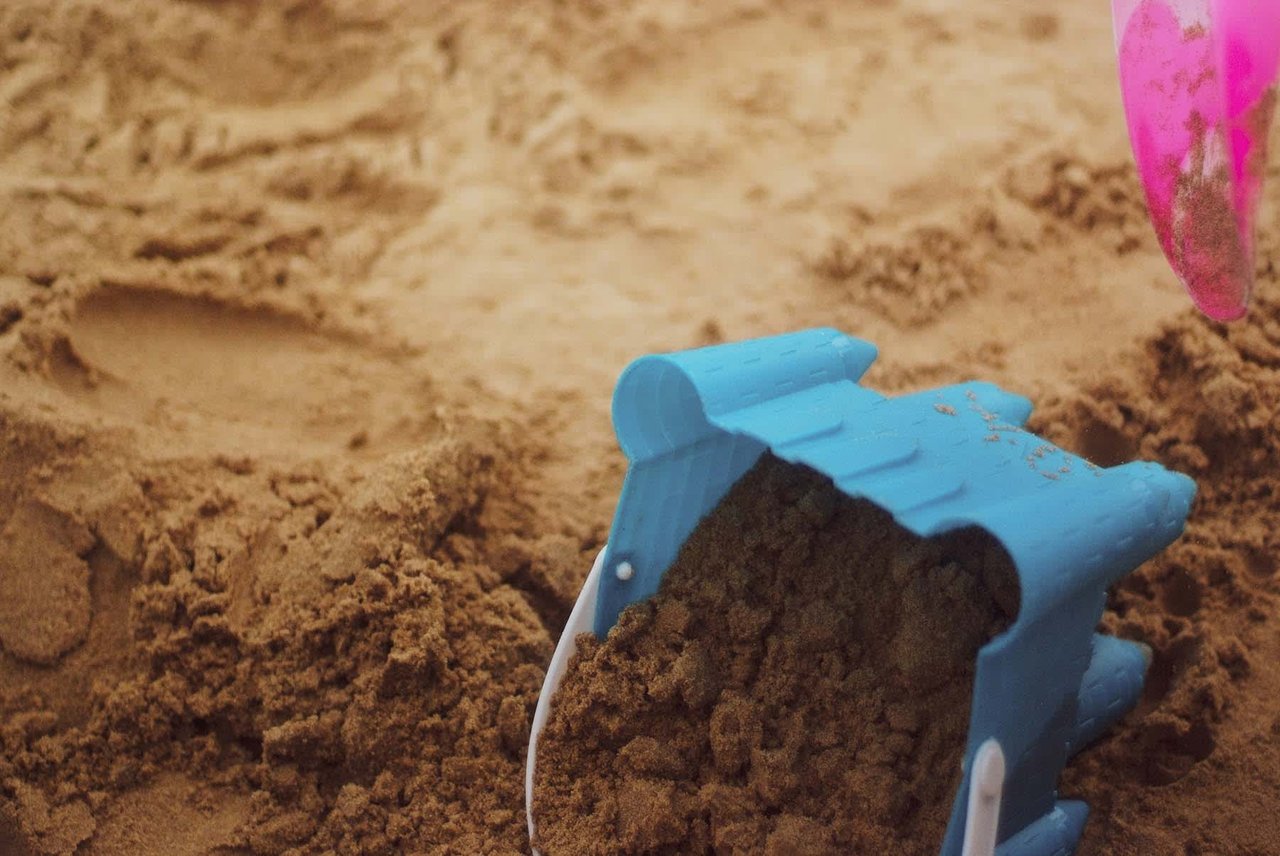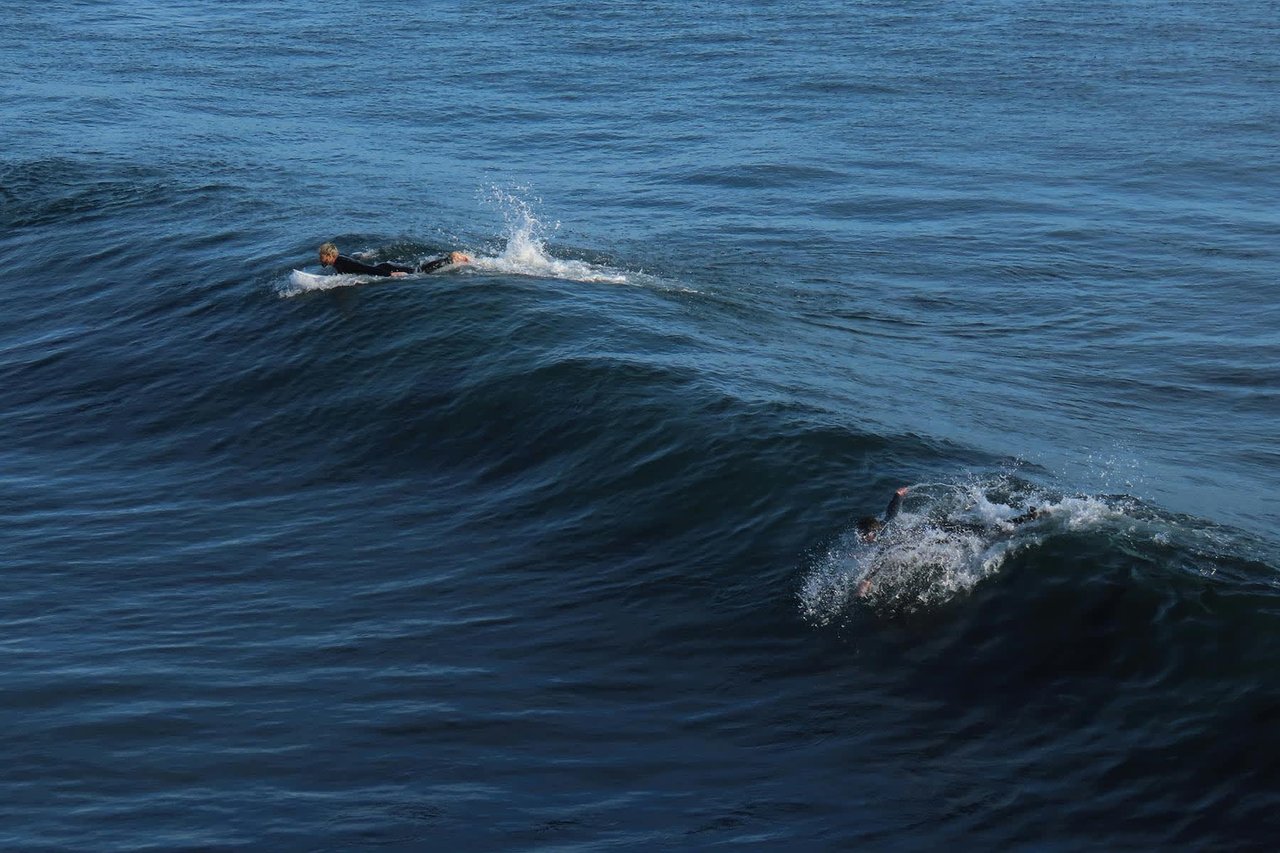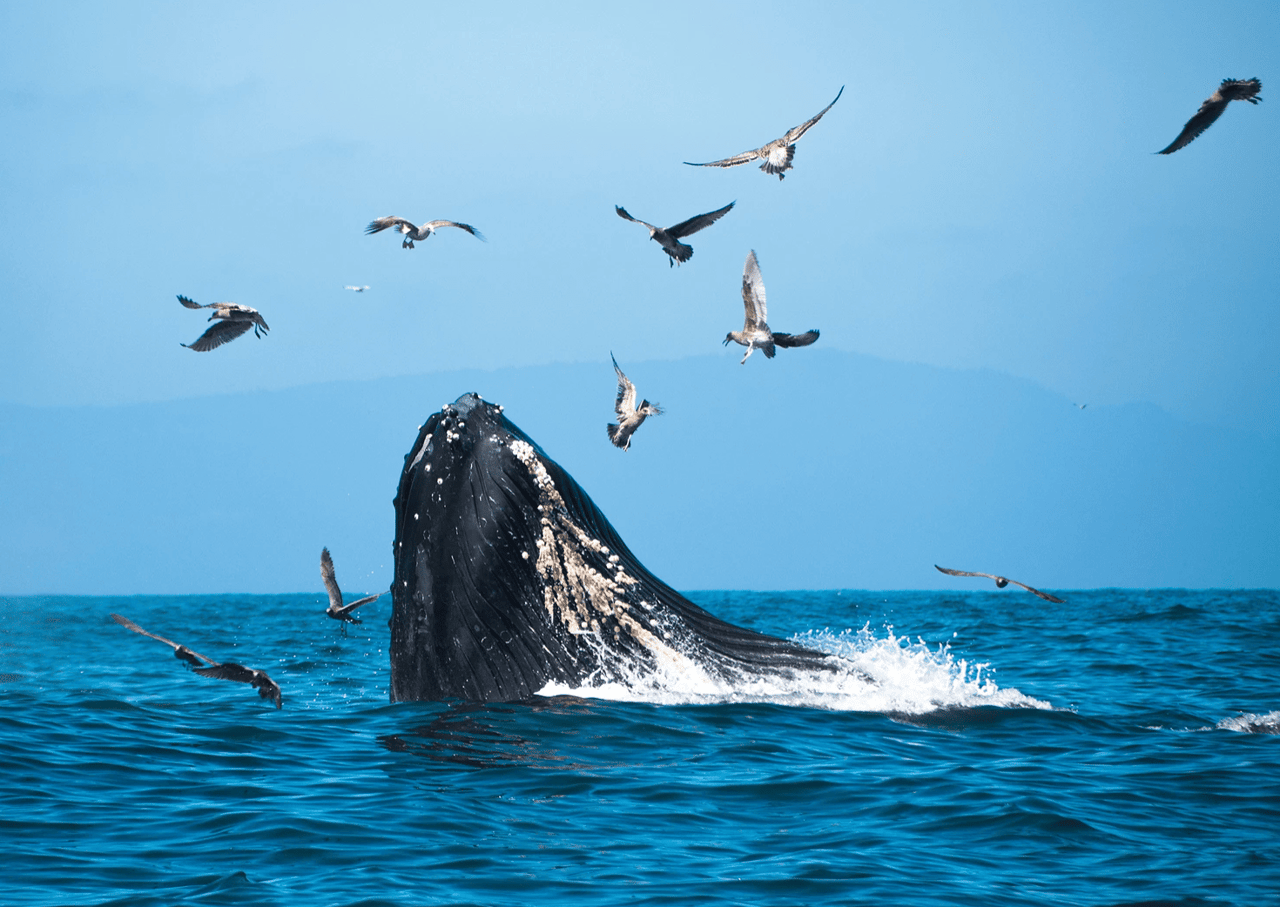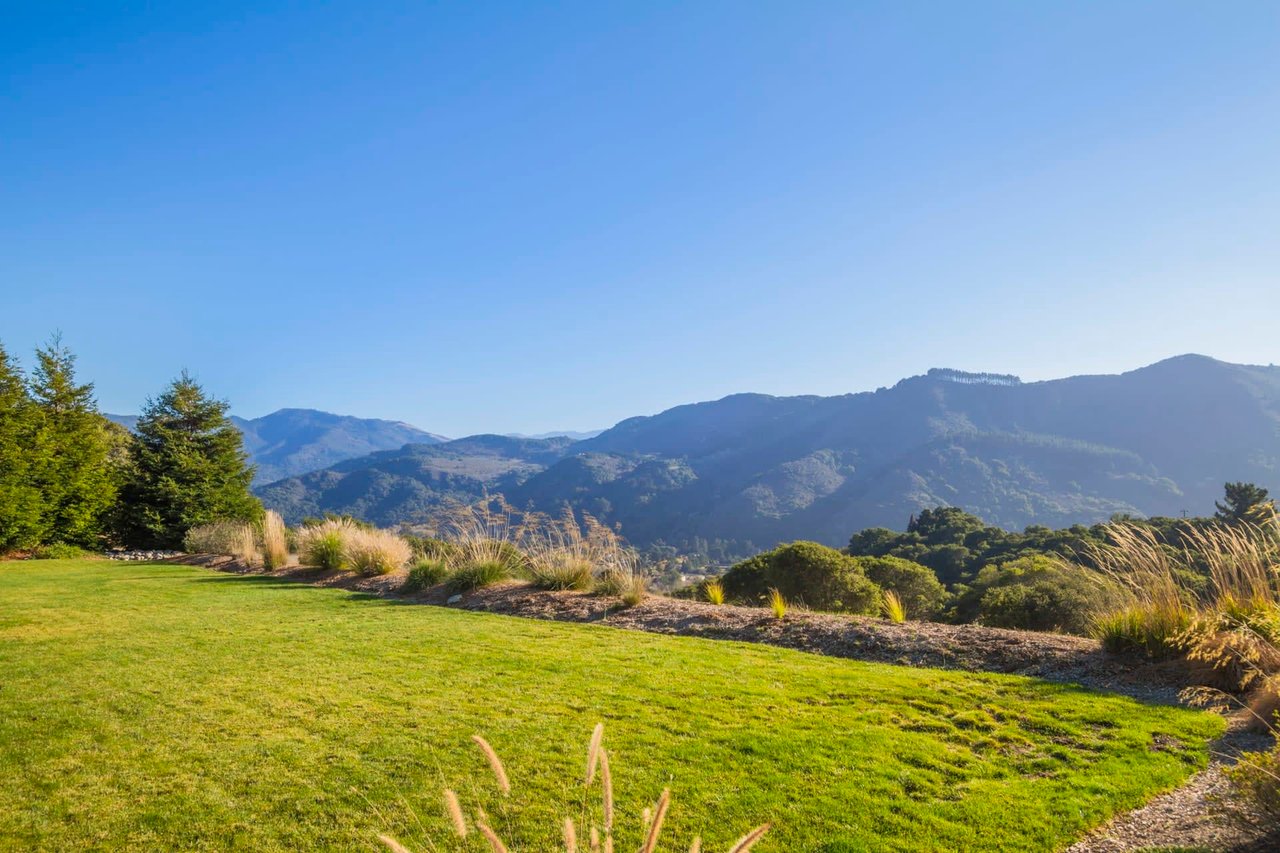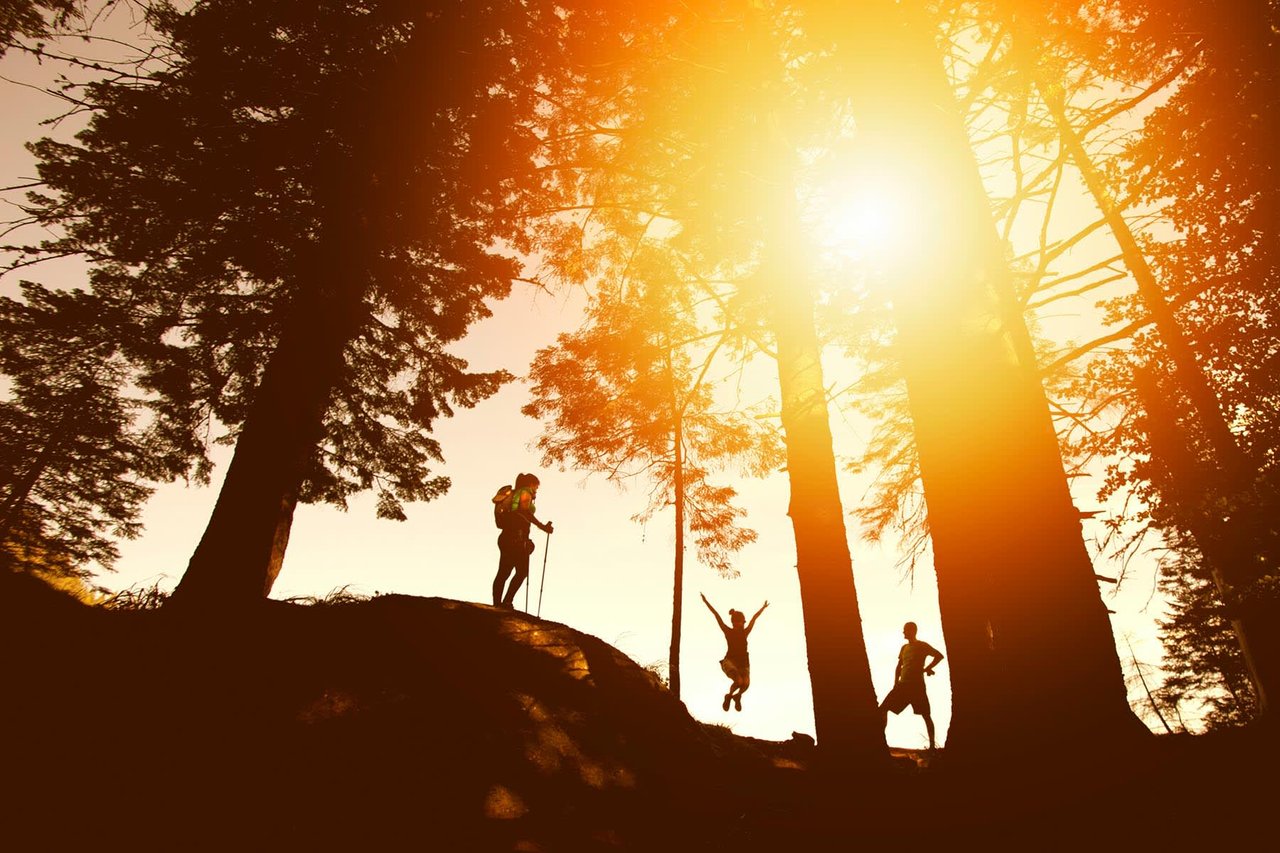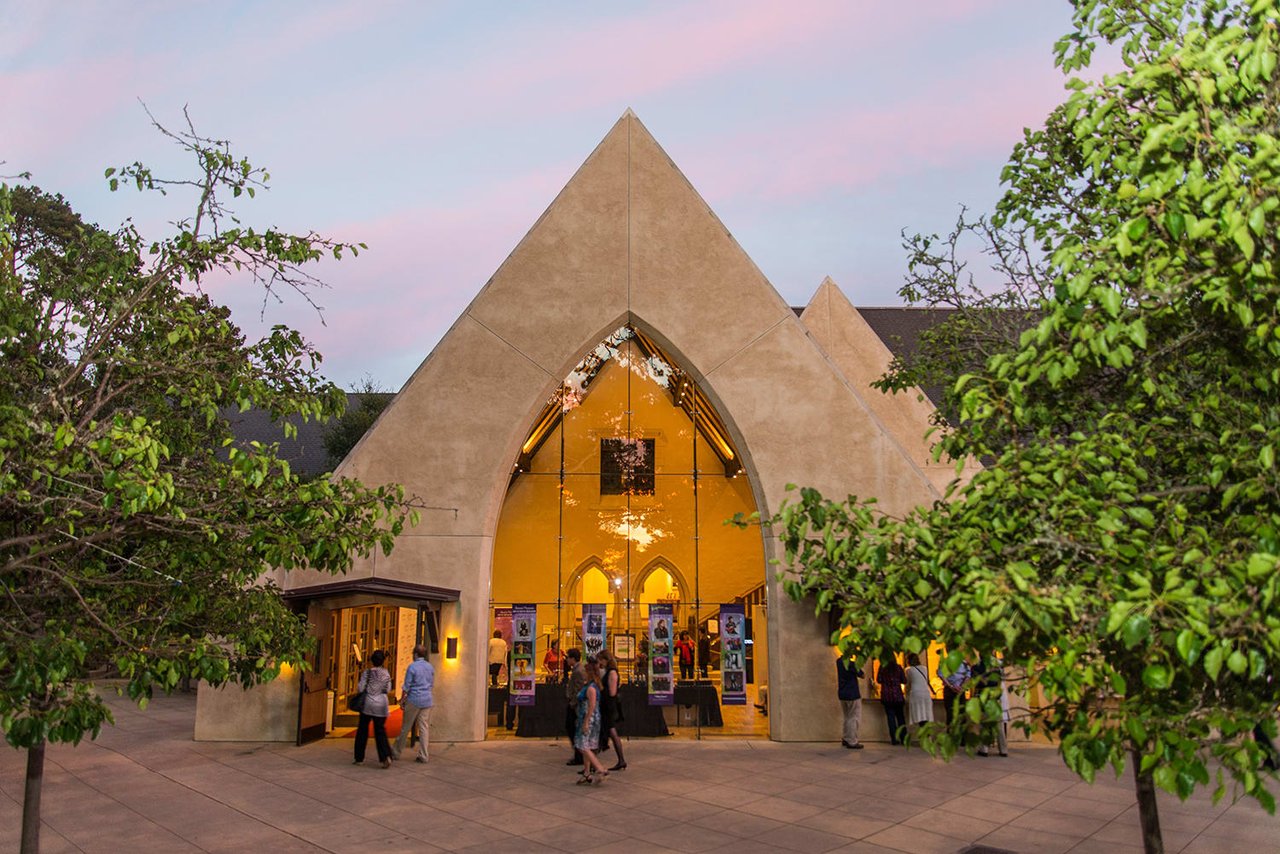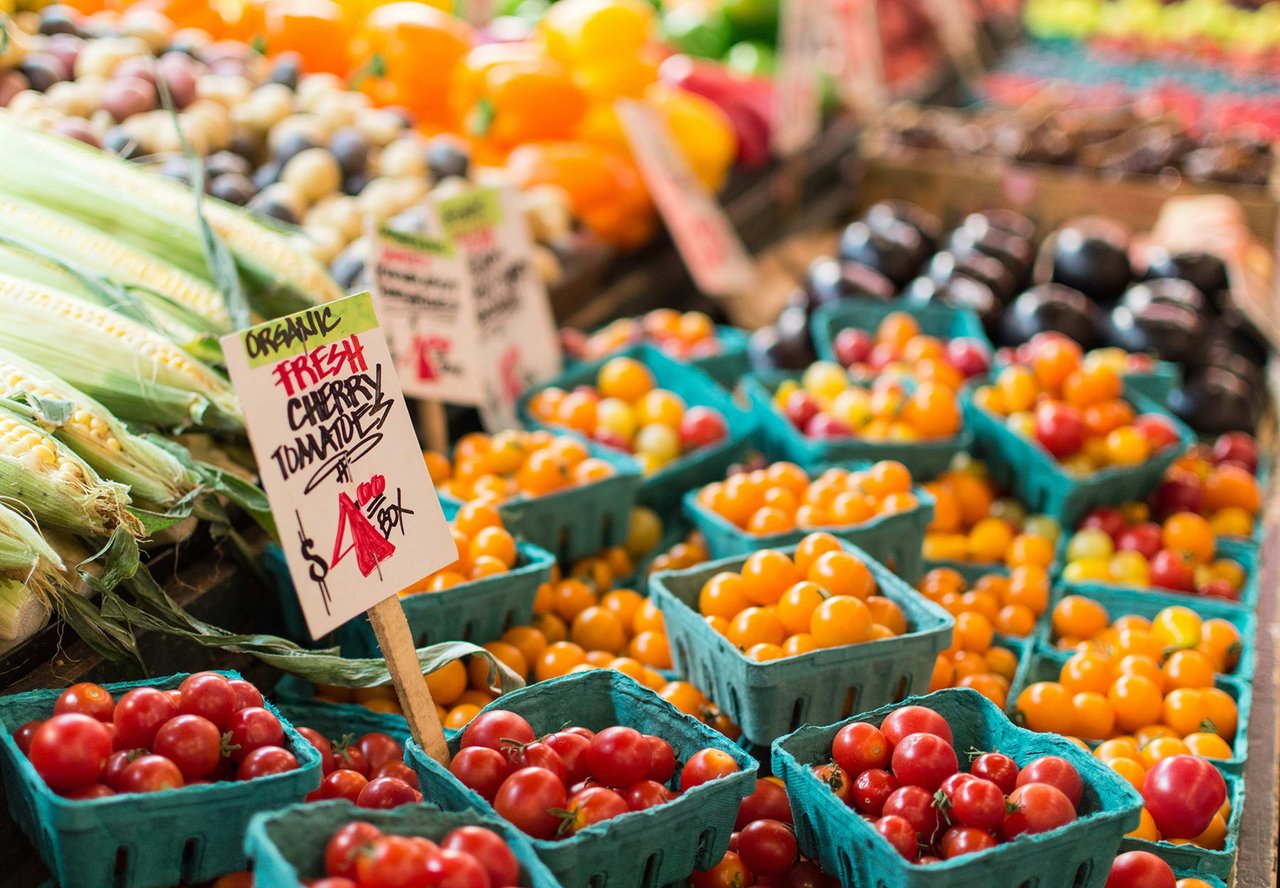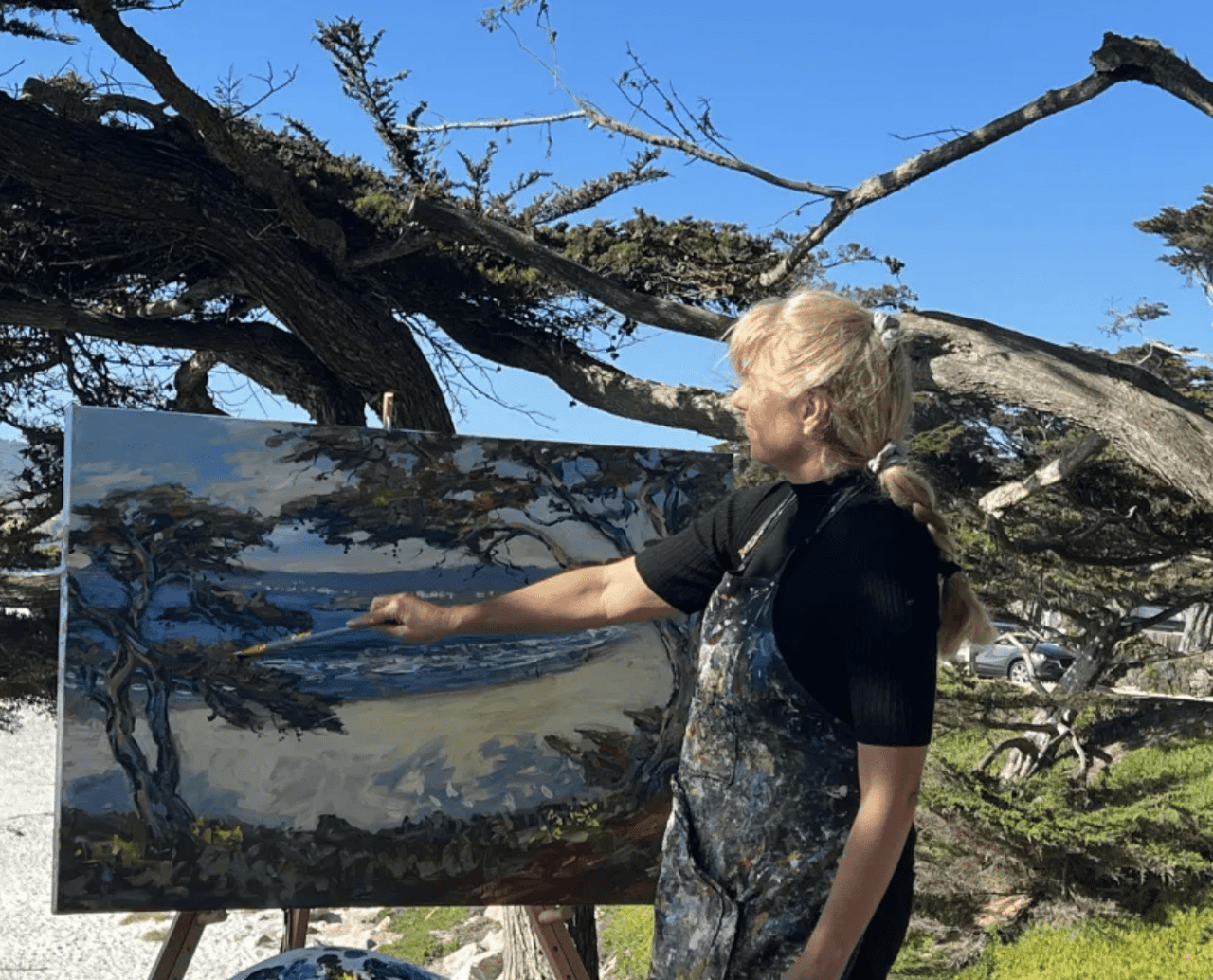Where the Wildflowers Grow
Monterey Peninsula is a region known for its natural beauty, and one of the most striking displays of this beauty is the abundance of wildflowers that bloom in the area. There’s no question that the wildflowers on the Peninsula take up some of the most pristine and desirable real estate in the area. Wildflowers on the Monterey Peninsula grow from late winter to early summer, and they offer a dazzling display of colors and shapes that attract nature lovers from all over. Some of the most common types of wildflowers in the area include California poppies, lupines, bluebells, and buttercups. Each of these flowers has its unique beauty, and they come together to create a vibrant tapestry of color that is truly breathtaking.
Photo by Sherman Chu
The wildflowers are not just pretty to look at - they also play a crucial role in the local ecosystem. They provide food and habitat for bees, butterflies, and other insects, which in turn support the region's bird and animal populations. They also help to prevent erosion and maintain soil health, making them an essential component of the local environment.
Whether you're a seasoned nature enthusiast or just someone who appreciates natural beauty, the wildflowers on the Monterey Coast are sure to captivate and inspire you. In the following sections, we will explore some of the best places to see wildflowers in the area and provide tips on how to make the most of your wildflower viewing experience.
One of the things that make wildflower season so unique is the sheer number of different types of flowers that bloom in the area. From delicate bluebells and vibrant poppies to colorful lupines and golden buttercups, the wildflowers on the Monterey Peninsula come in all shapes, sizes, and hues. The range of colors and shapes is so vast that it almost seems as if nature is showing off its creativity and artistry.
Another aspect that sets wildflower season in Monterey apart is the sheer scale of the display. Large fields and hillsides can be completely covered in a carpet of wildflowers, creating a breathtaking sight that is unlike anything else. The rolling hills and dramatic coastline of Monterey provide a stunning backdrop for the wildflowers, making the experience even more memorable.
Finally, wildflower season on the Monterey Peninsula is unique because it is a time of renewal and growth. After the winter rains, the landscape comes alive with color and vitality, signaling the start of a new season and a new cycle of life. It's a time to celebrate the beauty of nature and the resilience of the natural world.
Where to Find Them
There are many well-known areas on the Monterey Peninsula where wildflowers bloom, but there are also some lesser-known, off-the-beaten-path spots where you can see these beautiful flowers in all their glory. Here are some cool spots to see wildflowers around the Peninsula:
Palo Corona Regional Park: This park is located just south of Carmel and offers a variety of trails that wind through grasslands and oak woodlands. Look for fields of poppies, lupines, and fiddlenecks in the spring.
Garland Ranch Regional Park: This park in Carmel Valley offers a variety of trails that wind through oak woodlands and meadows. Look for fields of California poppies, lupines, and bluebells in the spring.
Jacks Peak County Park: This park is located in Monterey and offers a variety of trails that wind through oak woodlands and grasslands. Look for fields of poppies, lupines, and bluebells in the spring.
Asilomar State Beach: This beach in Pacific Grove offers a unique opportunity to see wildflowers in a coastal setting. Look for fields of sea pinks, beach strawberries, and dune lupines.
Point Lobos State Natural Reserve: Located just south of Carmel, Point Lobos offers stunning views of the coastline and a variety of wildflowers in the spring. Look for fields of poppies, lupines, and seaside daisies.
Garrapata State Park: Just south of Point Lobos State Reserve, Garrapata State Park is another great place to see wildflowers. The park is home to a variety of flowers, including California poppies, lupines, and wild mustard. The Soberanes Canyon Trail is a popular hiking trail that offers great views of the wildflowers and the surrounding landscape.
Big Sur: The Big Sur area is known for its rugged coastline, towering redwoods, and stunning vistas, but it's also a great place to see wildflowers. The Buzzard's Roost Trail is a popular hike that offers views of the Santa Lucia Mountains and wildflowers like California poppies and lupines.
Fort Ord National Monument: Located just north of Monterey, Fort Ord National Monument is a former military base that has been converted into a nature preserve. The monument is home to a variety of wildflowers, including California poppies, lupines, and buttercups. The Lupine Loop Trail is a popular hiking trail that offers great views of the wildflowers and the surrounding landscape.
Hatton Canyon: This canyon is located in the heart of Carmel and offers a unique opportunity to see wildflowers in an urban setting. Look for fields of poppies, lupines, and daisies.
Do's and Don'ts
Remember to respect the natural environment and follow the dos and don'ts of wildflower viewing to preserve these special places for future generations.
Do stay on designated trails to avoid trampling on the wildflowers.
Do take only pictures and leave only footprints.
Don't pick the wildflowers.
Don't disturb the wildlife.
Do bring plenty of water and sunscreen, as many of the hikes can be exposed and hot.
Do check weather conditions before heading out, as some trails may be closed due to inclement weather.
What Species
Here are some wildflowers that grow on the Monterey Peninsula that you may come across on your adventures.
A - Arroyo Lupine (Lupinus succulentus)
B - Blue-Eyed Grass (Sisyrinchium bellum)
C - California Poppy (Eschscholzia californica)
D - Douglas Iris (Iris douglasiana)
E - Elegant Clarkia (Clarkia unguiculata)
F - Farewell to Spring (Clarkia amoena)
G - Golden Yarrow (Eriophyllum confertiflorum)
H - Henderson's Shooting Star (Dodecatheon hendersonii)
I - Indian Paintbrush (Castilleja affinis)
J - Johnny Jump-Up (Viola tricolor)
K - Klamathweed (Hypericum perforatum)
L - Lupine (Lupinus)
M - Mariposa Lily (Calochortus)
N - Naked Buckwheat (Eriogonum nudum)
O - Owl's Clover (Castilleja exserta)
P - Purple Needlegrass (Nassella pulchra)
Q - Quaking Grass (Briza maxima)
R - Red Maids (Calandrinia ciliata)
S - Sticky Monkeyflower (Diplacus aurantiacus)
T - Tidy Tips (Layia platyglossa)
U - Upland Trypterigium (Trypterigium wilfordii)
V - Vetch (Vicia)
W - Wild Cucumber (Marah oreganus)
X - Xylorhiza (Xylorhiza orcuttii)
Y - Yellow Star Thistle (Centaurea solstitialis)
Z - Zigzag Larkspur (Delphinium patens)
Remember to pack lots of water and respect the trails so that we can continue to enjoy the wildflowers for years to come!

